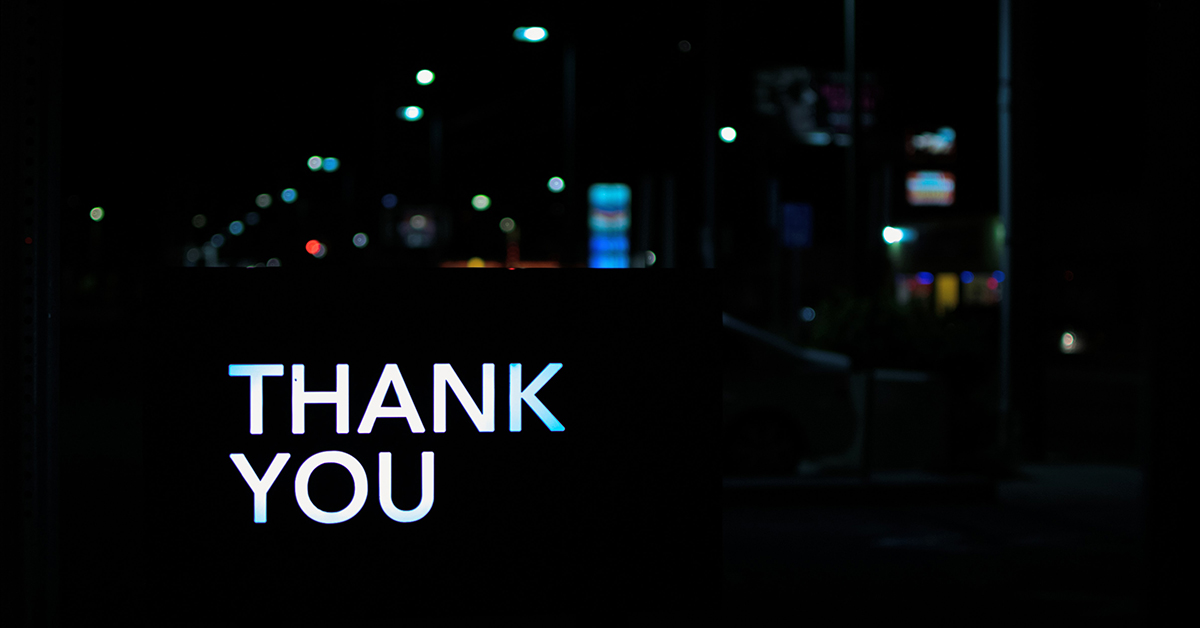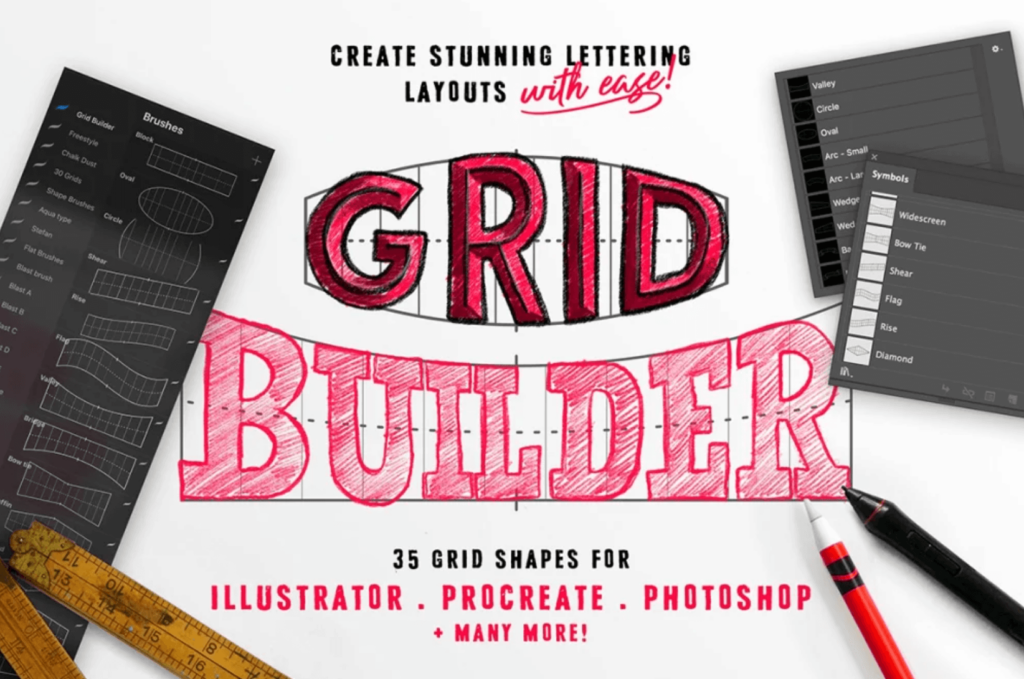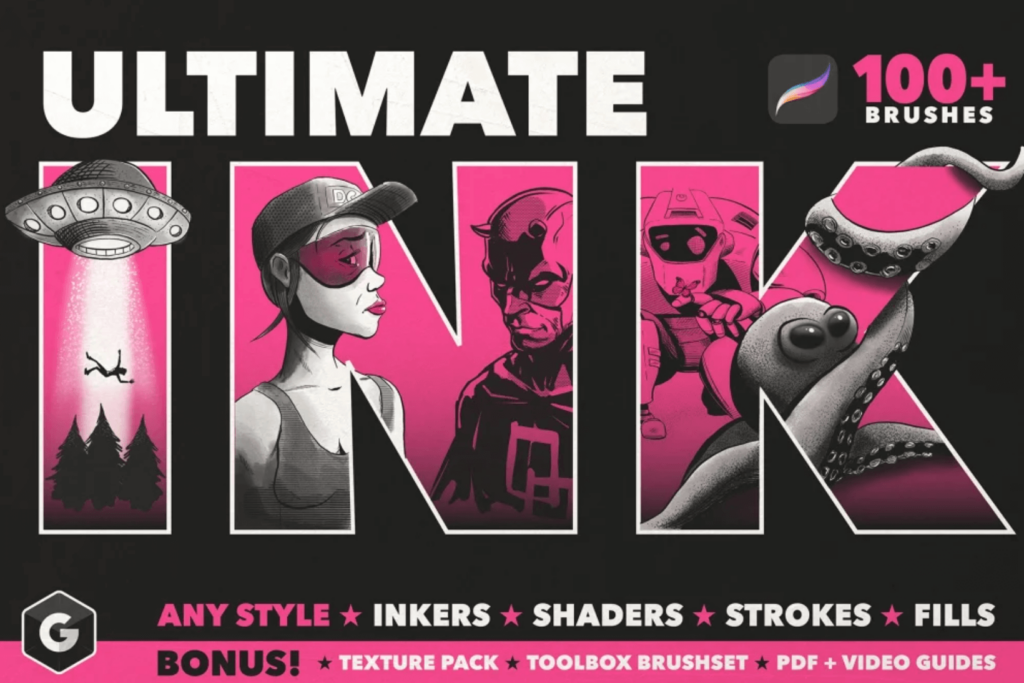A few weeks ago, I was offered the opportunity to speak at Career Day at Nimitz 9th Grade, and it was with great excitement that I accepted the offer. I only had one small problem. I had no idea what to say, and I had very little spare time to figure it out.
Since making the decision to jump out full-time into freelancing, I’ve developed a pretty strict routine to get my days started off right and manage my time as best as possible. One part of my newfound routine is to wake up every morning at 5:00am without hitting the snooze button, and then I go play for an hour and a half. I write, I draw, I invent clients and projects, and I just do whatever I want answering only to myself.
One rule to this playtime is I don’t allow myself to check my emails or do any real business until I’m done playing. Priorities, right? As I sit down at my desk and wake up iMacximus Prime, my Gmail happens to be open, and I can’t help but steal a glance. I see this. Staring at me.

Hey Anthony,
My name is Jacob, I live in New Zealand. This year I am taking a course at Uni which will lead into a career in design, illustration and animation. I was just wondering what advice you might give to a young lad such as myself. I have seen some of your work on Matt Austin’s Facebook page and its incredibly effective. Any advice or tips would be much appreciated.
Thanks Heaps
So I replied…
Hey Jacob,
Thanks for reaching out! I wish I‘d done what you’re doing when I first got started. Might’ve saved me from learning some lessons the hard way! I’ve got a few things I think might help.
1. Do all the work you can. Every job you get offered, do it.
It’ll help you learn not only the software and techniques but the business and relationship part of it. While you’re in school, and even as a junior designer entering the field after graduation, all work is good work.
This will change over time, but for now, do all the work. One of the first pieces of design advice I got was actually from Matt’s older brother, my Pastor and friend Chase Austin. He used to be a graphic designer before life circumstances threw him into his current role. He said, “Don’t ever tell a client you can’t do something.
If they want you to make them a website, and you don’t know how, just say yes, and either figure out how or find somebody else to help you and give them a cut.” This is the single best piece of advice I think I ever got.
As you grow, this rule may lose relevancy, but it’s great to start off with.
2. Remember that it’s about people, not pixels.
Clients think they want a website for example, but what they really want is to increase web traffic to increase leads to increase sales.
They know that a new design might help their end-users (people). What we provide is solutions to problems for people.
If your focus is on a website or a flyer, you’re gonna miss something. If your focus is on listening to the person on the other end cause you really care, you’re gonna get to a deeper level, and you might even find out they don’t even need a website or a flyer, they need much more (or much less).
But if you’re trying to help them and not just get in their wallet, it’ll benefit both of you in the long run.
3. Ask a million questions. And then ask some more.
I tell clients all the time, “I’m not a caterer, but I want to help you build this brand, this experience, this world, for your catering company. I only know what you tell me, so help me help you by giving me in-depth answers.”
Sometimes you’ll get one word answers.
Encourage the client to keep going, or do like a 5 year old and just keep asking why, why, why.
Eventually you’ll get to the deeper level of the problem, like in number 2.
4. Believe in yourself.
Cause if you don’t nobody else will.
This one’s pretty self-explanatory, but confidence goes a long way.
When you know your stuff, you don’t have to be a salesmen nearly as much. Your expertise will speak for itself when you get a client on the phone or in a coffee shop to start discussing their project.
They’ll start asking you questions in response to all of yours, and if you can answer them, cool.
If not, be confident enough to say, I’m not sure, but I’ll get you an answer by tomorrow AM, or something similar.
5. Keep it Simple.
We’ve got 16.5 million colors to use, millions of typefaces, and thousands of tools online and in the software.
You don’t need to use them all in one project. There’s a certain level of restraint and refinement that comes with time being a designer, but you just gotta know when to be done. “A designer knows he has achieved perfection not when there is nothing left to add, but when there is nothing left to take away.” – Antoine de Saint-Exupery.
This might be an extreme example, but often time design is more about taking things off the page than it is adding them.
Again, this comes with time. Also, don’t forget about that handy old #2 pencil. If you’re not sketching out ideas before you’re jumping on the computer, you’re wasting time.
There’s no way on earth you can work faster on a computer than you can with that pencil.
6. Copy, copy, copy.
You’re probably a little shocked by this one, but it’s true.
It’s how humans learn. Babies learn language by hearing other people speak.
Eventually they start making sounds that are almost like words, but not quite. My son loves Mickey Mouse and the Ninja Turtles. One is “Mimmy” and the other sounds sort of like “Toe-tole,” but he’s figuring it out.
When my daughter was 4, she was extremely well spoken with a great vocabulary, but she used words improperly or didn’t know what they meant, but she said them cause she heard them.
The same is true with design. You’ll start off maybe doing something a little odd or maybe incorrect as far as best practices goes, but if you look at designers that you admire and copy their work, eventually it’ll start clicking.
One caveat to this one, though. You gotta credit the artist you’re copying.
Don’t go posting it on your blog or your IG as if it were your own work – that’s called plagiarism, and plagiarism isn’t cool.
Give a shoutout to the original designer, @tag them or share it with them. Imitation is the most sincere form of flattery, after all, and you may get some important eyes looking at your portfolio.
7. Have a portfolio.
And keep that simple too.
A website like this one is a must, but some folks want to see a book too, so you may need to invest in printing up something nice. This seems to be going away more and more as the years tick on, but it’s still fun to have! Heck, it’s how I got my teaching job at Lone Star College!
Make sure it’s modular and that it only showcases your best work. Keep it up to date.
8. Invent your clients.
Wanna do logos for race car drivers, but you don’t actually know any race car drivers?
No sweat. Make some up and do the project anyway.
Not only is it fulfilling to do your own work just for fun, but it also looks great in your portfolio. You might be surprised by that. You say, whaa?
How can I have fake work in my book? Won’t a client or employer think I’m an idiot, a phony? Not at all. To be honest, they don’t care.
It shows that you love this stuff enough to do it for free, in your spare time, just to do it. That looks good to anyone. Some of the best work in my book is stuff that nobody asked me to do, and I didn’t get paid for it.
Which brings me to my next one.
9. Don’t work for free.
Or maybe you should?
Does this negate 1?
There’s tons of blogs that go back and forth about strategically working for free, spec work, never working for free, pricing yourself based on all sorts of factors, etc.
When you’re first starting off, you’ll be tempted to work for free cause you’re new and you don’t really know what your worth, and you just want the experience. This is a make or break moment, so don’t screw it up!
No pressure… If you work for free, people still expect high-quality work, and they want it just as quick as if they paid for it. If you work for dirt cheap, you’ll screw yourself down the line cause that client will spread the word and attract more clients that don’t have the money to pay you what you’re worth, and it’s a vicious cycle.
Mind you, this isn’t a black and white thing either. It’s also one that requires a lot of thinking and budgeting to see what you’re really worth to yourself.
The one thing I can say I’ve learned works well: if it’s work for friends/family, you should either A. Not do it, cause it can end poorly and sever a relationship far more valuable than the money or project. B. Do it for full price, and treat them like you would anybody else.
They’ll expect pro work and fast turnarounds like anyone else, why should they get a discount? C. Do it for free.
I know I know. I’m contradicting myself, but wait. Do it for free, and tell them very plainly that it’s gonna be on your terms.
It’s in your spare time, at your pace.
It’s a gift.
This way, they won’t be hounding you, and you get the experience and get to help out someone you love.
I learned this the hard way, but I’ve found it’s an alternative way of handling things. The key is that you’re in the driver seat if it’s free. If you lose sight of that, you’re missing the point.
10. Teach yourself.
School will teach you 1. the software, 2. the principals or the foundation.
School won’t teach you tons of super useful techniques or how to deal with clients. You gotta learn that on your own.
Check out YouTube for techniques and find a few designer blogs to follow for the business side, or reach out to someone whose work you admire with a specific question.
The stars aligned for you today, Jacob, cause it’s part of my routine to wake up an hour and a half early and start my day off playing.
I write, I draw, I read, I do fun little initiated projects, whatever.
I just start my day off having fun creatively, and I happen to see this email and just hit it.
I digress, school is extremely valuable to you in this field, but nothing replaces the self-driven student.
It’ll show in your projects.
Your peers will notice it, and so will your teachers. 90% of the techniques I’ve learned were by copying and looking up tutorials.

Bonus-Be yourself.
Eventually, you’ll find a style or a niche in the design world. Maybe that’s retro-style illustration, or maybe it’s hand-lettering. Maybe when you were a kid, you liked to skateboard. Maybe try making deck graphics. Or maybe you liked graffiti and hip-hop. Try making work that’s inspired by that. Know your roots. Whatever it is, find it, and work on it. Write about it. Research it. Work on it some more. It’ll help you become a specialist at something. It’s good to be versatile, but in the long run, being a specialist makes it easier to gain recognition. Aside from the design aspect of being yourself, actually be yourself. I have a lot more success on job interviews and with clients when I’m not all nervous and stuffy. I just be my goofy self. People seem to like me better when I’m me.
Well Jacob, that’s what I’ve got for now. I’ve got to get back to work. I want to say thank you very, very much for reaching out to me. You might’ve just helped me more than I helped you! If you’ve got any more specific questions or want to dig a little deeper into any of the points above, hit me back. It’s my life’s mission to help others through my God-given talent.
In conclusion, this timely and serendipitous email was no coincidence. It allowed me to setup my deck for career day. Thanks again, Jacob. You have no idea how much you helped me!
Years later, I still follow him on IG. I’ve watched him grow for years. Pretty humbling.









